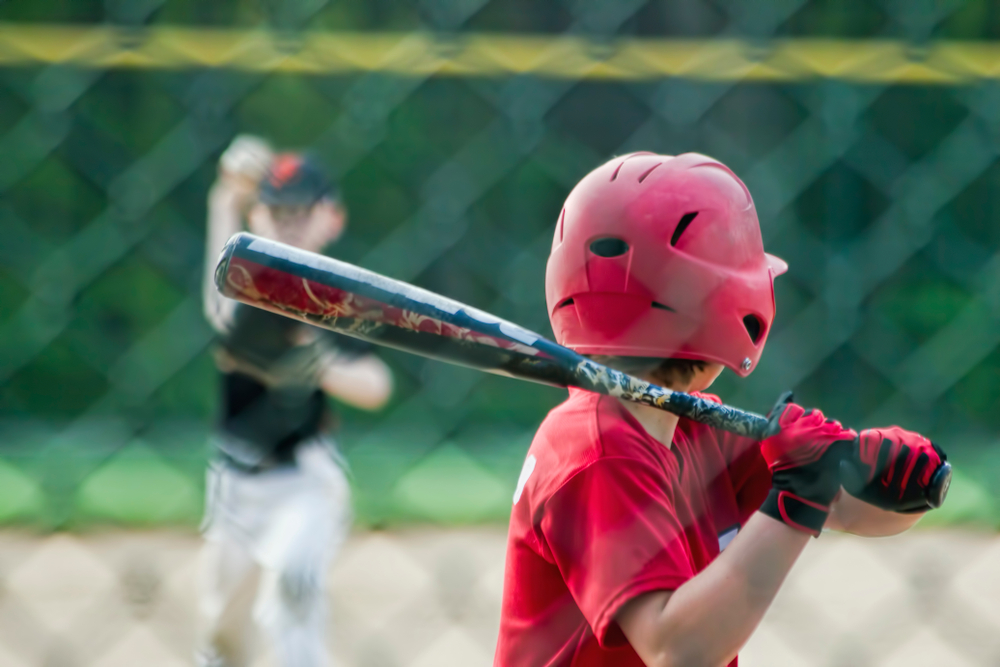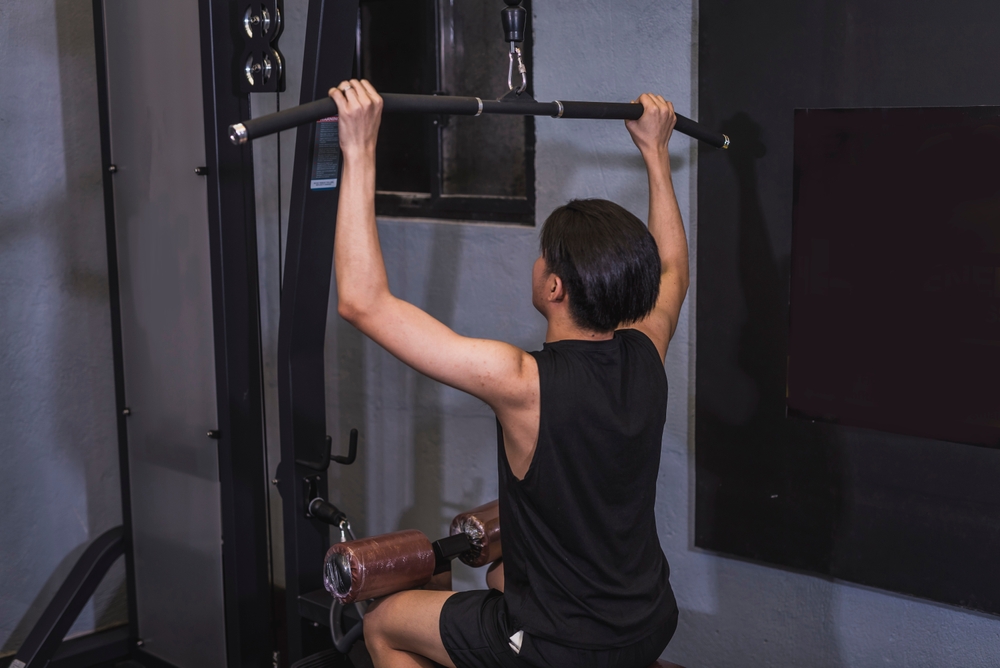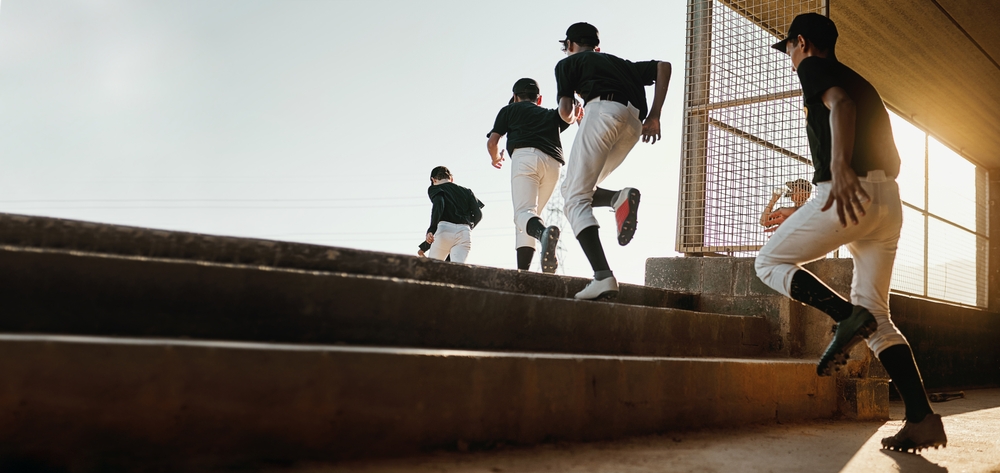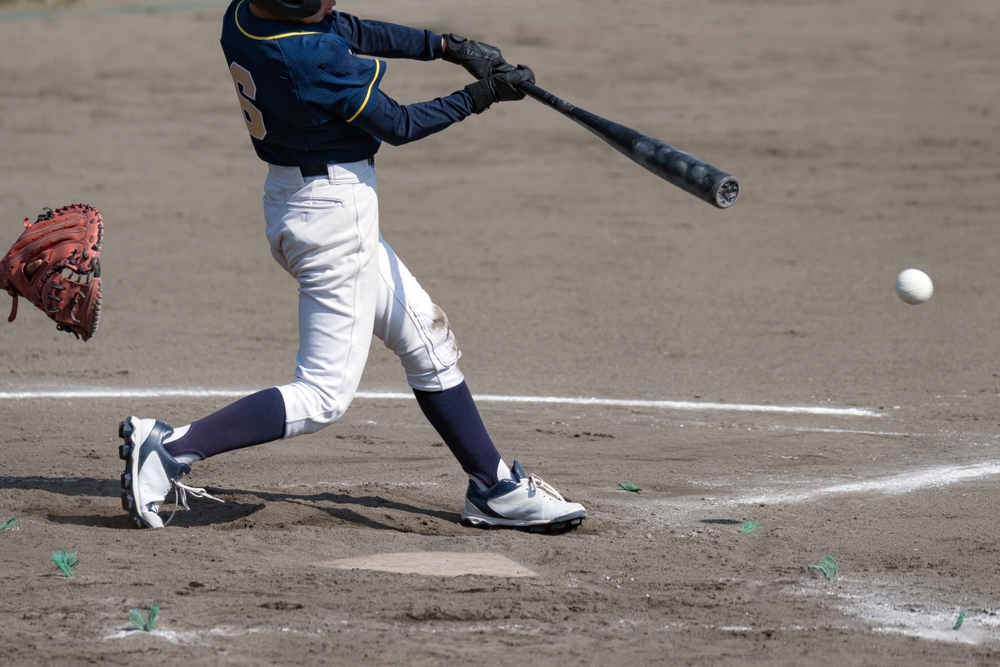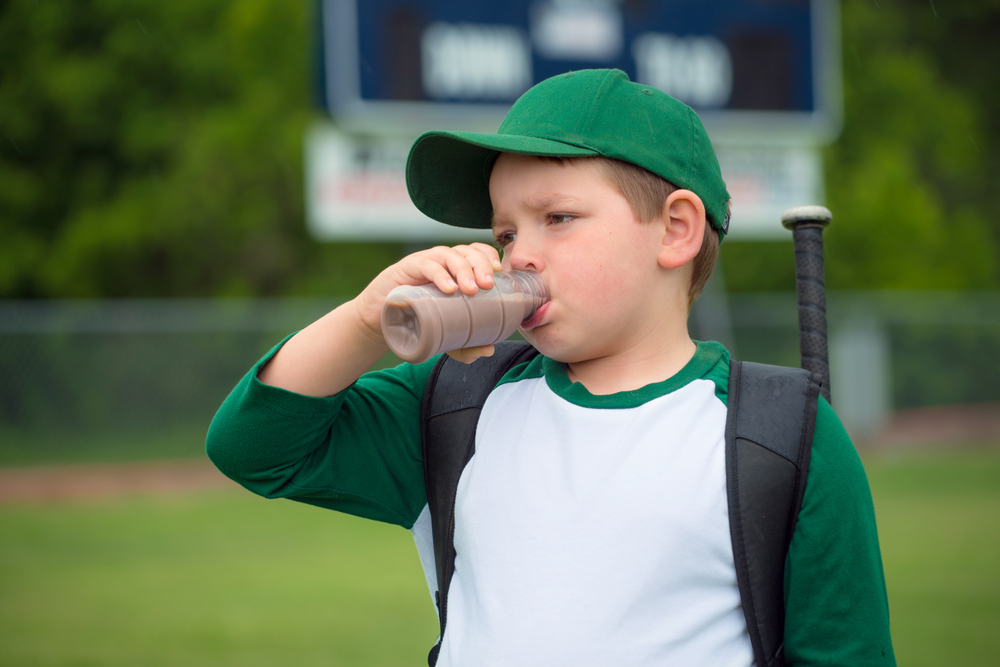Summertime means youth travel baseball tournaments are in full swing! Baseball is a stop-and-go sport. There are short breaks between pitches and plays. Unlike football or basketball, not all players move at full speed during every play. Also, unlike other sports, youth baseball games might not have a time limit. Games could go seven, nine, or 19 innings.
However, heat-related illnesses can still happen to youth baseball players, especially during the summer when it’s hot. And heat-related illness can easily derail an otherwise fun summer vacation.
Read our tips for coaches and parents on how to prevent heat-related illnesses in youth baseball players. This is just a general guide for youth baseball coaches and parents and is not meant to be medical advice.
What Are Heat-Related Illnesses and Their Symptoms?
First, we’ll examine heat-related illnesses and their symptoms. You might hear the term “heat stress” as the collective term for these conditions.
Heat Stress
Heat stress occurs when the body cannot get rid of excess heat, according to the University of Iowa. For athletes, the medical terminology is exertional heat illness caused by too much physical exertion.
There are varying degrees of heat stress, from mild to worse.
Heat Rash
A heat rash develops when the body cannot get rid of sweat on the skin, causing skin irritation in the form of redness or even raised red bumps. This usually appears on the neck or upper chest or on folds of skin. A heat rash is typically localized to one area of the body.
Heat Cramps
Heat cramps are a sign that a heat-related illness is more serious. A youth baseball player might feel pain or experience muscle spasms because the body has lost too much body salts (sodium) due to sweating. Tired and dehydrated muscles are often most affected by heat cramps.
Heat Exhaustion
Heat exhaustion occurs when the body has lost too many fluids and body salts through sweating. Symptoms become more serious, like disorientation, headache, nausea, vomiting, weakness, light-headedness, irritability, and a fast heartbeat. The person’s skin will be cool and moist.
Heat Stroke
The most severe heat-related illness, heat stroke, occurs when the body can no longer control its core temperature. Sweating stops, and the body cannot rid itself of excess heat. Symptoms include confusion, fainting, seizures, and very high body temperature. The person will have dry, hot skin. Call 911 immediately if someone has the symptoms of heat stroke.
Preventing Heat-Related Illnesses & Heat Stress in Youth Baseball Players
Approximately 9,000 high school athletes are treated for heat-related illnesses every year. Heat stress and heat-related illnesses are preventable for youth baseball players. Here’s how parents and coaches can take steps to avoid these issues as much as possible.
Undergo Annual Medical Checkups
Every youth baseball athlete should undergo annual medical checkups before a youth travel baseball season begins in earnest. Your child’s pediatrician will make recommendations based on medical history, any prescriptions, and current physical condition.
Invest in the Right Tools for On-Field Practices
Youth baseball coaches should invest in a wet bulb globe temperature (WBGT) meter when the outdoor temperature is predicted to go above 80 degrees Fahrenheit. These high-tech devices cost between $25 and $200. They are the standard-bearer for measuring whether or not it’s safe to participate in high-impact activities during hot temperatures. WBGT meters measure temperature, humidity, wind speed, sun angle, and cloud cover (solar radiation).
Smartphone apps can provide a mathematical approximation of a WBGT, but they might not be able to assess on-field conditions as accurately.
The numbers on the meter tell you how much heat stress someone might endure with outdoor activities. A handy chart helps determine how a youth baseball coach can alter practice or gameday activities to prevent heat-related illnesses in players, depending on which zone you’re in. The Southeast and much of the Southwest are in Category 3, which has a higher temperature threshold for normal activities for athletes.
Generally, there should be a five-minute water break every 30 minutes in the mildest weather. In the hottest weather, water breaks should happen every 20 minutes. When the WBGT reaches between 90 and 92, consider canceling or postponing a practice or game or having a practice without any outdoor physical activity.
Understand the Risks for Heat-Related Illnesses
Certain individual and internal factors can make youth baseball players more susceptible to heat-related illnesses beyond just the external heat. Pay particular attention to these physical factors:
- Prepubescence
- Past history of heat-related illness or heat stress
- Lower level of physical fitness
- Higher percentage of body fat
- Not acclimated to the heat (which we will discuss later)
- Dehydration
- Overhydration
- Salt deficiency
- Low electrolytes
- Medications such as antihistamines and diuretics
- Some dietary supplements like ephedra
- Fever
- Stomach upset or gastrointestinal illness
- Certain skin conditions like sunburn or rash
If you notice a youth baseball player who pushes himself too hard or doesn’t like reporting problems with his physical health and well-being, make sure to monitor that athlete more closely.
Again, we highly recommend consulting a medical professional if you, as a parent, have concerns about heat-related illness and your child.
Acclimate to the Heat
Perhaps the best way to prevent heat-related illnesses in youth baseball players is to acclimate to the heat gradually over 10 to 14 days. Drink more water during this period to make sure your athlete’s body has enough water when the workout intensity increases.
Rather than have intense workouts from Day One, gradually increase the intensity of team workouts over the first two weeks of training. This period is when athletes are most susceptible to heat-related illnesses.
Hydrate & Take Frequent Water Breaks
Coaches should provide unlimited water for practices and games. Sports drinks are necessary to replenish electrolytes. However, water is the best thing to drink for practices and games. Avoid energy drinks before or during physical exertion because they are diuretics and cause the body to dehydrate faster. Make sure youth baseball players drink water before and after practices and games, too.
Room-temperature water is best for athletes. Consider large coolers filled with water or bottled water for practices and games. When there are regular breaks during practices, make sure everyone drinks water before restarting training or workouts.
Wear Loose, Lightweight, Light-Colored Clothing When Possible
It’s best to wear loose, lightweight, and light-colored clothing during youth baseball practices and games. Loose clothing helps sweat evaporate more readily. Light-colored clothing doesn’t absorb as much heat from sunlight. Lightweight clothing, like cotton, has less of a chance of becoming weighed down with sweat.
Make sure catchers, in particular, who wear extra equipment for long periods of time, are getting enough water and hydration. The best color for baseball uniforms is probably something light with darker accents. Definitely go for cotton uppers with rugged yet lightweight pants.
Recognize the Signs of Dehydration
Dehydration can happen very easily and quickly in athletes who undergo physical exertion. Early signs of dehydration include:
- Fatigue
- Thirst
- Dry lips and tongue
- Lack of energy/lethargy
- Feeling overheated
It’s vital that youth baseball athletes drink water before the physical activity begins. If they wait to start having water after they are thirsty, they are already dehydrated from the physical activity.
Recognize the Signs of Heat-Related Illnesses
Youth baseball coaches and parents should learn to recognize the signs of heat-related illness we mentioned earlier. Have ice or cold compresses on hand for when someone needs immediate cooling.
Know How to Respond to Heat-Related Illness
Immediately administer first aid if you recognize one of your youth baseball players has a heat-related illness. Heat stroke is the most serious, so you should call 911 if you suspect heat stroke in one of your athletes.
- For heat rash, press a cool cloth on the reddened area.
- For heat cramps, rest and cool down. Drink apple juice or a sports drink with electrolytes. Gentle massage the muscle area to reduce the irritation. Refrain from strenuous activity for a few hours after the heat cramps abate.
- Heat exhaustion is more serious. Move the athlete into a shaded spot or air-conditioned indoor area. Have the person lay down with feet elevated and sip chilled water or a sports drink containing electrolytes. Cool the person with a sponge dipped in cool water or by lightly spraying with a cool mist. Seek medical attention if the athlete faints, vomits, can’t keep water down, becomes confused, or becomes agitated.
- Heat stroke needs immediate attention, and you should call 911. Before first responders arrive, administer first aid. Put the person in a cool shower or bathtub, or spray the person with a garden hose. Place ice packs on the armpits, neck, and groin. Sponge the person with cool water or cover with cool, damp towels.
Be Flexible on Hot Days
When scheduling youth baseball practices, coaches should be flexible on sweltering days. Rather than strenuous workouts, consider having a sit-down practice where coaches discuss technique and strategy. Think about having the practice indoors rather than outdoors.
During tournaments, check with the tournament director to see what is being done to mitigate the heat. How will heat delays affect the tournament’s game times? Obviously, safety comes first.
Youth Baseball Tournaments From March to October at Ballparks of America
We want you to get the most out of your travel youth baseball team experience. If you have any questions or want to book your team for a tournament, contact us at Ballparks of America or call (417) 464-6333.

